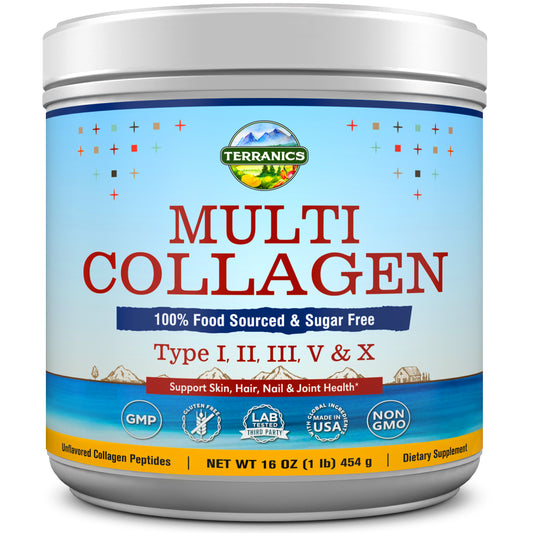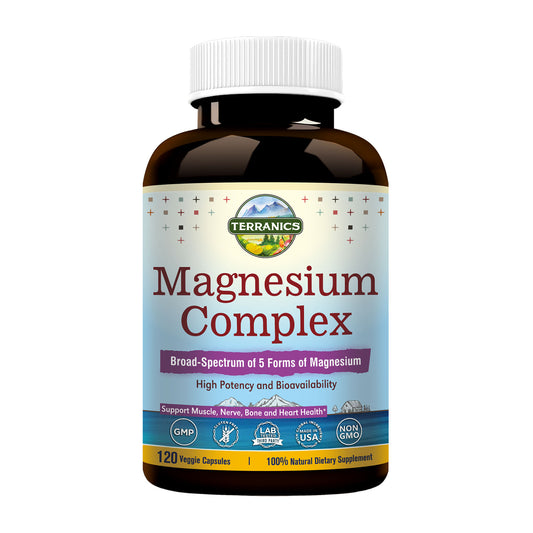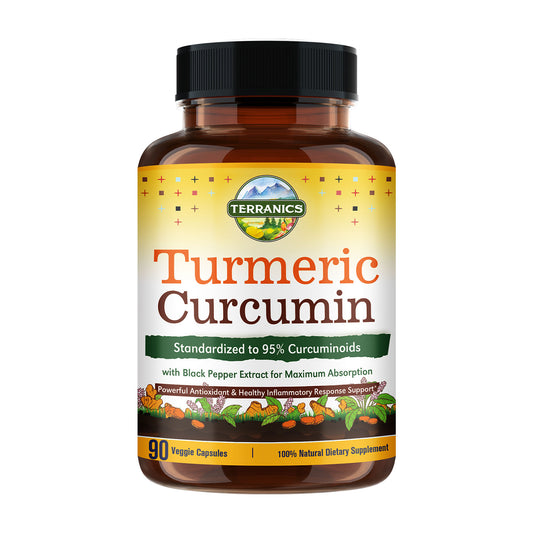
Living with vestibular migraines can be an overwhelming experience. The symptoms, which include dizziness, vertigo, and nausea, can significantly impact your daily life. While there is no specific diet that can cure vestibular migraines, making dietary changes can help manage the symptoms and reduce the frequency of attacks. In this comprehensive guide, we will explore the key principles of a vestibular migraine diet and provide you with practical tips to incorporate it into your lifestyle.
Understanding Vestibular Migraines
What are Vestibular Migraines?
Vestibular migraines are a type of migraine that involves dizziness and problems with balance. They are often accompanied by other migraine symptoms such as headache, nausea, and sensitivity to light and sound. Understanding the nature of vestibular migraines is crucial for effectively managing them.
Symptoms and Triggers
The symptoms of vestibular migraines can vary from person to person but commonly include dizziness, vertigo (a spinning sensation), imbalance, and nausea. Identifying your specific symptoms can help you pinpoint triggers and make appropriate dietary adjustments.
The Role of Diet in Managing Vestibular Migraines
While diet alone cannot cure vestibular migraines, it can play a significant role in managing symptoms. Certain foods and beverages can trigger migraines or worsen existing symptoms. By eliminating trigger foods and adopting a balanced diet, you can potentially reduce the frequency and severity of vestibular migraines.
Creating Your Vestibular Migraine Diet Plan
Identifying Trigger Foods
Common Trigger Foods
Several foods have been known to trigger migraines, including caffeine, alcohol, aged cheeses, processed meats, artificial sweeteners, and foods containing monosodium glutamate (MSG). Understanding these common triggers can help you make informed choices about what to include or avoid in your diet.
Keeping a Detailed Food Diary
Keeping a food diary is an essential tool for identifying your personal trigger foods. Record the foods you eat and note any symptoms that occur afterward. Over time, patterns may emerge, allowing you to identify specific triggers unique to you.
Identifying Patterns and Personalized Triggers
By reviewing your food diary, you can identify patterns between certain foods and your vestibular migraine symptoms. This knowledge empowers you to create a personalized diet plan that avoids your trigger foods and reduces the likelihood of migraines.
Emphasizing Whole Foods
The Benefits of Whole Foods for Vestibular Migraines
Whole foods, such as fresh fruits, vegetables, lean proteins, whole grains, and healthy fats, provide essential nutrients and antioxidants that support brain health and reduce inflammation. Including these nutrient-dense foods in your diet can help manage vestibular migraine symptoms.
Building a Balanced Plate
A balanced plate consists of a variety of colorful fruits and vegetables, whole grains, lean proteins, and healthy fats. Aim to fill half your plate with vegetables and fruits, one-fourth with whole grains, and one-fourth with lean proteins. This balance ensures you receive a wide range of nutrients to support your overall health.
Nutrient-Dense Foods for Brain Health
Certain nutrients have been linked to reducing migraines, such as magnesium, riboflavin (vitamin B2), and coenzyme Q10. Incorporating foods rich in these nutrients, such as leafy greens, nuts and seeds, eggs, and fatty fish, can be beneficial for managing vestibular migraines.
Hydration and Vestibular Migraines
The Importance of Staying Hydrated
Dehydration can trigger migraines, including vestibular migraines. It is crucial to stay adequately hydrated to maintain proper bodily functions and support overall health.
Tips for Optimal Hydration
Aim to drink at least eight glasses of water daily and increase your intake during hot weather or physical activity. Avoid sugary beverages and excessive caffeine, as they can dehydrate your body. Monitoring your urine color can also serve as a hydration indicator.
Maintaining Regular Meal Times
Blood Sugar Stability and Migraines
Irregular eating patterns and skipping meals can disrupt blood sugar levels and trigger migraines. Stable blood sugar levels are essential for managing vestibular migraines and preventing hunger-induced migraines.
Strategies for Regular Meal Times
Establish regular meal times and avoid prolonged periods without food. If large meals trigger your symptoms, consider eating smaller, more frequent meals throughout the day. Additionally, avoid fasting or crash diets, as they can worsen migraine symptoms.
Sodium Intake and Fluid Balance
Understanding the Role of Sodium
Excess sodium can contribute to fluid retention and worsen the symptoms of vestibular migraines in some individuals. It is important to understand the role of sodium in fluid balance and how it can affect your symptoms.
Reducing Sodium Intake
To reduce sodium intake, limit your consumption of processed and packaged foods, which often contain high levels of sodium. Instead, opt for fresh, whole foods and use herbs and spices to season your meals. Reading food labels can also help you make informed choices about sodium content.
Considerations for Supplements
Supplements for Vestibular Migraines
Certain supplements have shown promise in reducing the frequency and severity of migraines. These include magnesium, riboflavin (vitamin B2), and coenzyme Q10. However, it is important to consult with a healthcare professional before starting any new supplements to ensure safety and proper dosing.
Consulting with Healthcare Professionals
Working with a healthcare professional, such as a registered dietitian or neurologist, can provide personalized guidance on supplements and help you navigate your vestibular migraine diet plan effectively.
Sleep and Stress Management
The Impact of Sleep and Stress on Vestibular Migraines
Lack of sleep and high levels of stress can trigger vestibular migraines or make the symptoms worse. Managing sleep quality and stress levels is crucial for overall migraine management.
Establishing Healthy Sleep Habits
Create a consistent sleep schedule, avoid stimulating activities before bed, and create a relaxing bedtime routine to improve sleep quality. If you are experiencing sleep disturbances, consult with a healthcare professional for further evaluation and guidance.
Stress Reduction Techniques
Incorporate stress reduction techniques into your daily routine, such as meditation, deep breathing exercises, yoga, or engaging in hobbies that promote relaxation. Finding healthy ways to manage stress can help reduce the frequency and severity of vestibular migraines.
Practical Tips for Following a Vestibular Migraine Diet
Meal Planning and Preparation
Plan and prepare your meals in advance to ensure you have nutritious options readily available. This can help you avoid reaching for trigger foods or making unhealthy choices when you are pressed for time.
Smart Grocery Shopping
Create a grocery list based on your vestibular migraine diet plan and stick to it while shopping. Focus on the outer aisles of the grocery store, where fresh produce, lean proteins, and whole grains are usually located.
Dining Out and Social Situations
Navigating social situations and dining out can be challenging when following a specific diet. Research menus in advance, communicate your dietary needs to the restaurant staff, and make modifications to accommodate your needs.
Mindful Eating Practices
Practice mindful eating by paying attention to your body's hunger and fullness signals. Eat slowly, savor each bite, and listen to your body's cues to prevent overeating or undereating.
Seeking Support and Professional Guidance
Living with vestibular migraines can be overwhelming, and seeking support from others who understand your experience can be beneficial. Consider joining support groups or seeking professional guidance from a registered dietitian or therapist specializing in migraine management.
Conclusion
Following a vestibular migraine diet involves understanding the condition, identifying trigger foods, emphasizing whole foods, staying hydrated, maintaining regular meal times, limiting sodium intake, considering supplements, and prioritizing sleep and stress management. By implementing these strategies and making mindful dietary choices, you can potentially reduce the frequency and severity of vestibular migraines, leading to improved overall well-being.
Disclaimer: This comprehensive guide is for informational purposes only and should not replace professional medical advice. Please consult with a healthcare professional before making any changes to your diet or treatment plan.




